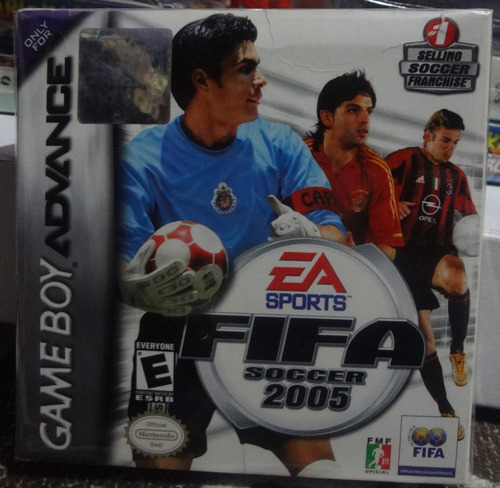

The remaining teams qualify through competitions organised by the six regional confederations. The host nation of each tournament qualifies automatically. Starting with the 2011 tournament, the extra time period was eliminated to avoid player burnout, and all knockout games progress straight to penalties if tied at the end of 90 minutes. In the knockout phase, until the 2011 tournament, if tied at the end of 90 minutes an additional 30 minutes of extra time were played, followed by a penalty shoot-out if still tied.

The top 2 places in each group plus the four best third-placed teams advanced to the knockout phase.Ĭompetition matches are played in two 45-minute halves (i.e., 90 minutes in total). From 2007 the tournament was expanded to 24 teams, divided into six groups of four teams each. Each team played the others in its group and the group winner and runner up qualified for the knockout phase. The losing semi-finalists also contest a match to decide third place.įrom 1985 to 2005 there were 16 teams in the competition, divided into four groups of four teams each in the group phase. This continues until two teams remain to contest the final, which decides the tournament winner. Ghana and Mexico have won the tournament twice.Ī corresponding tournament for female players, the FIFA U-17 Women's World Cup, began in 2008, with North Korea winning the inaugural tournament.Įach tournament consists of a group phase, in which four teams play against one another and standings in the group table decide which teams advance, followed by a knockout phase of successive matches where the winning team advances through the competition and the losing team is eliminated. Brazil is the second-most successful with four titles and two runners-up. Nigeria is the most successful nation in the tournament's history, with five titles and three runners up. The 2017 tournament which was hosted by India became the most attended in the history of the tournament, with the total attendance of the FIFA U-17 World Cup reaching 1,347,133. It began as a competition for players under the age of 16 with the age limit raised to 17 from the 1991 edition onwards.

The first edition was staged in 1985 in China, and tournaments have been played every two years since then. Following FIFA's then secretary-general Sepp Blatter's recommendation after he was in Singapore for the 1982 Lion City Cup, FIFA created the FIFA U-16 World Championship.

The Lion City Cup was the first under-16 football tournament in the world. The FIFA U-17 World Cup is a competition that was inspired by the Lion City Cup that was created by the Football Association of Singapore in 1977.


 0 kommentar(er)
0 kommentar(er)
